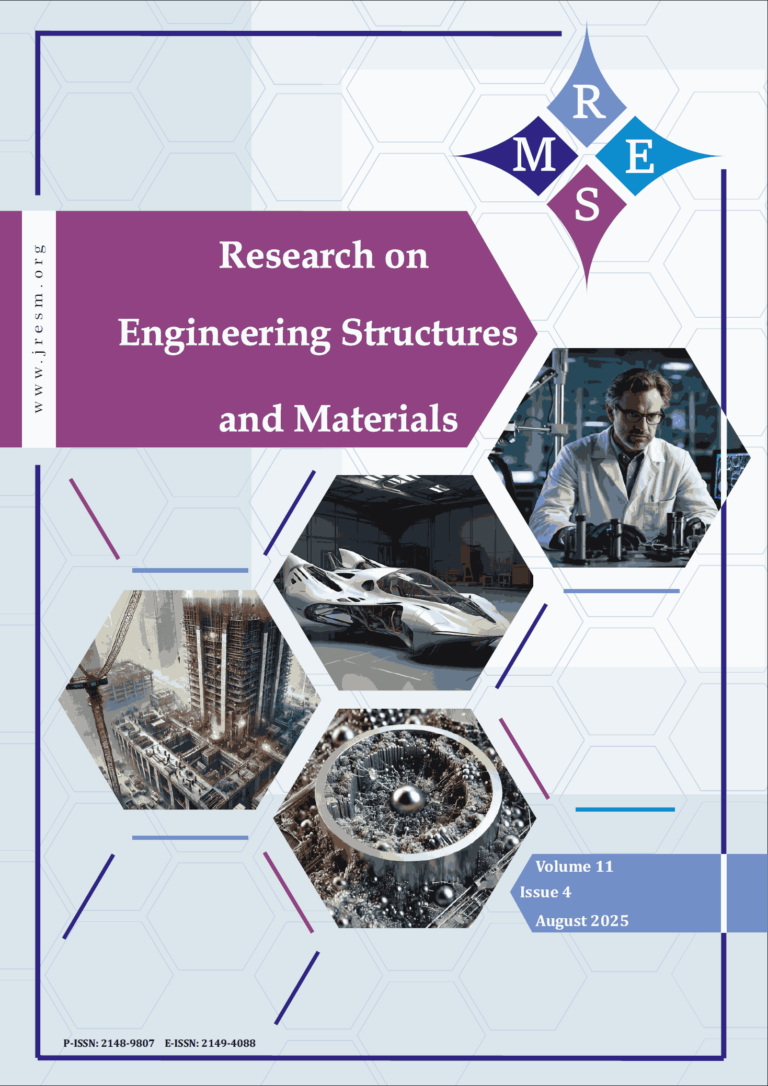This study explores the production of self-sensing concrete using recycled coarse aggregates and Multi-walled Carbon Nanotubes (MWCNTs) in varying dosages. The objective is to reduce the usage of natural coarse aggregates and to develop an environmentally friendly and sustainable material for the future generation. The self-sensing concrete was also self-compacting (SCC), which enhances its ability to fill complicated molds without the need for external vibration. The fresh properties of the self-sensing concrete were tested, and the mix proportions with varying dosages of MWCNTs were within the prescribed limit as per European Federation of National Associations Representing for Concrete (EFNARC) code. The mechanical properties of the self-sensing concrete were also evaluated, and it was observed that incorporating MWCNTs into the concrete enhanced its strength. Incorporating MWCNT into concrete increased its strength, seen in higher compressive and split tensile strengths. Adding 0.05%, 0.1%, and 0.15% of MWCNT resulted in compressive strength increases of 1.51%, 3.21%, and 4.72%, respectively. Likewise, the inclusion of 0.05%, 0.1%, and 0.15% of MWCNT led to split tensile strength increases of 1.54%, 3.31%, and 4.82%, respectively. The SEM images of specimens with different MWCNT dosages show a random yet uniform dispersion within the concrete matrix. The initial electrical resistance plot demonstrates the transformation from conventional to self-sensing concrete, with the resistance dropping significantly from 400k-ohms to 37k-ohms. This plot establishes the critical threshold level for self-sensing at 0.10% MWCNTs. Furthermore, the study examined the stress sensing ability and crack detection properties of the self-sensing concrete, and it was found that during cyclic loading, the concrete’s stress sensing ability improves with increasing MWCNT dosage. The most favorable similarity plot between stress and FCR is seen at 0.15% MWCNT. However, considering economic reasons, a dosage of 0.1% MWCNT can be considered the best option since it doesn’t show a significant difference for both stress and crack detection property.
